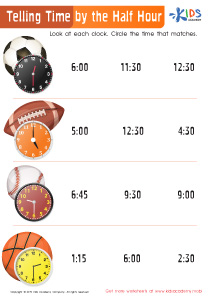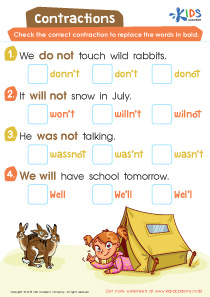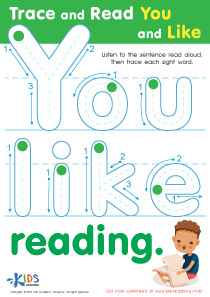Normal Tracing Shapes worksheets activities for Grade 1
2 filtered results
-
From - To
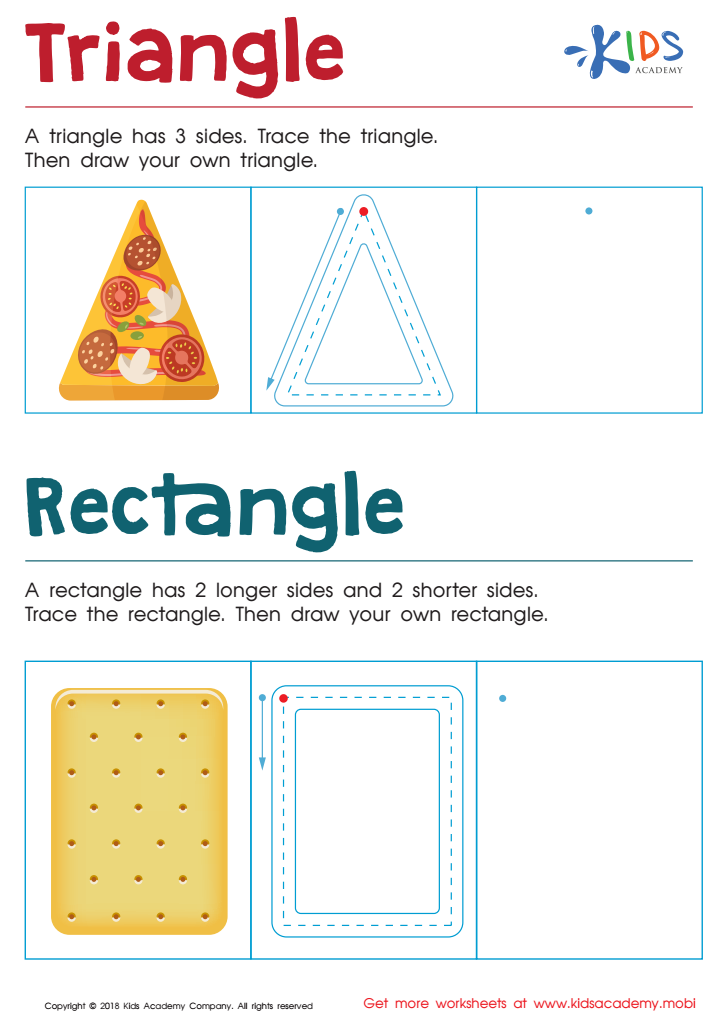

Triangle Rectangle Worksheet
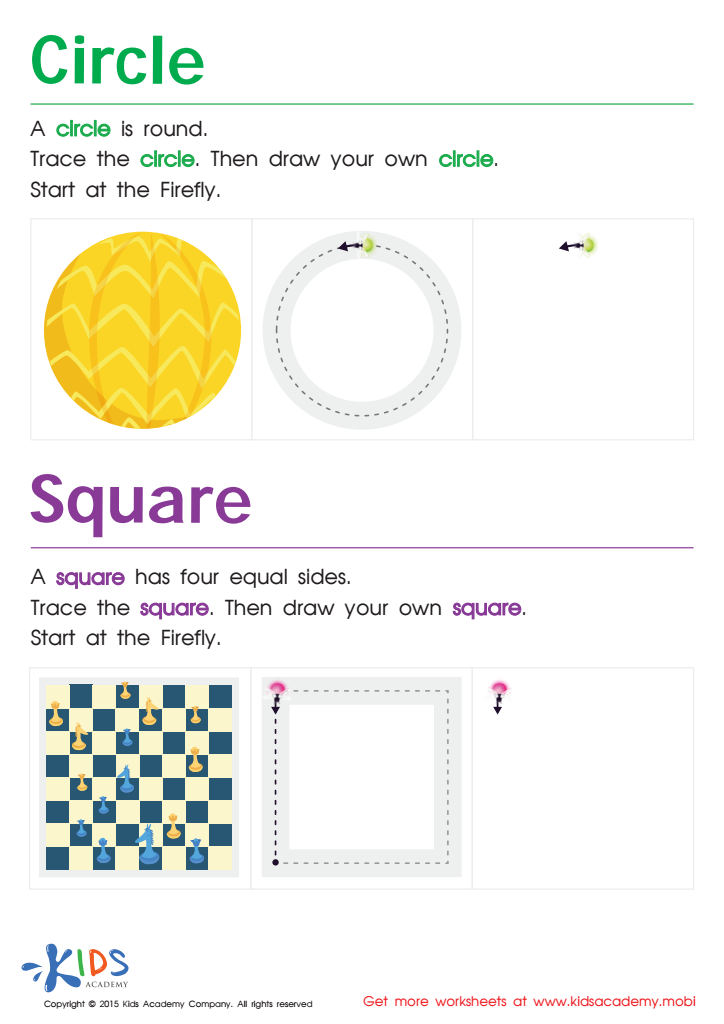

Trace And Draw a Circle And a Square Worksheet
Normal Tracing Shapes worksheets activities for Grade 1 are an essential tool in the foundational development of young learners. These simple yet effective exercises not only support the understanding of geometric shapes but also enhance multiple skills crucial for academic success and daily life. Here's why they are so beneficial:
-
Fine Motor Skill Development: Through the act of tracing, children strengthen their fine motor skills, which are crucial for writing, cutting, and other hand-eye coordination tasks. Normal Tracing Shapes worksheets activities for Grade 1 provide a structured way for children to practice controlling their pencil movements, leading to improved writing abilities.
-
Cognitive Skills: These activities require children to recognize different shapes and understand their properties. By engaging in Normal Tracing Shapes worksheets, Grade 1 students enhance their cognitive skills, including memory, attention, and thinking. This foundational geometry knowledge is vital for more complex math concepts that students will encounter in the future.
-
Visual Spatial Awareness: Tracing shapes helps children understand the concept of space and how shapes relate to each other. This awareness is crucial not only in math but also in reading and writing, where spacing letters and words appropriately becomes important.
-
Confidence and Independence: Successfully completing a worksheet gives children a sense of accomplishment. This boosts their confidence and encourages them to approach new challenges with a positive attitude. Normal Tracing Shapes worksheets activities for Grade 1 are designed to be engaging yet achievable, making them perfect for fostering independence.
-
Preparation for More Advanced Concepts: Mastery of basic shapes lays the groundwork for understanding more complex geometric concepts and their applications in real-life situations. Normal Tracing Shapes worksheets activities ensure that students have a strong foundation to build upon.
In summary, Normal Tracing Shapes worksheets activities for Grade 1 are not just about learning shapes; they’re about developing a range of skills that are crucial both in and outside the classroom. By incorporating these activities into the curriculum, educators can provide a well-rounded educational experience that fosters academic and personal growth.

 Assign to the classroom
Assign to the classroom






